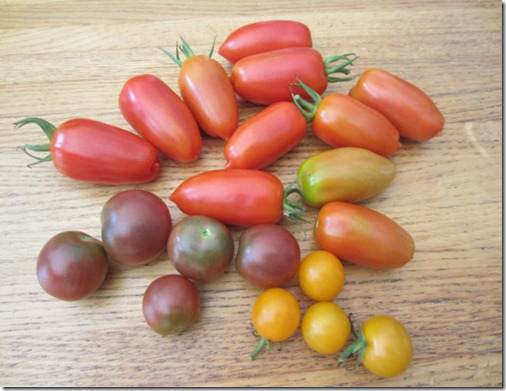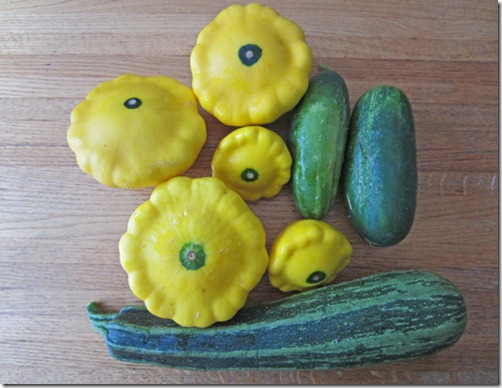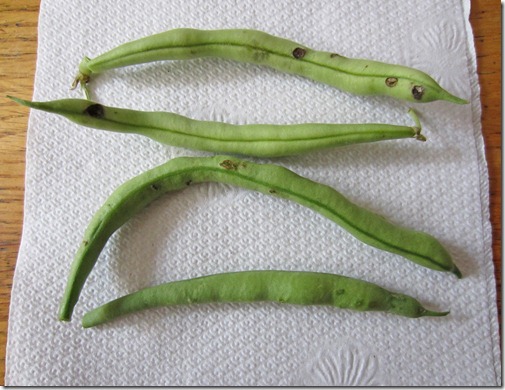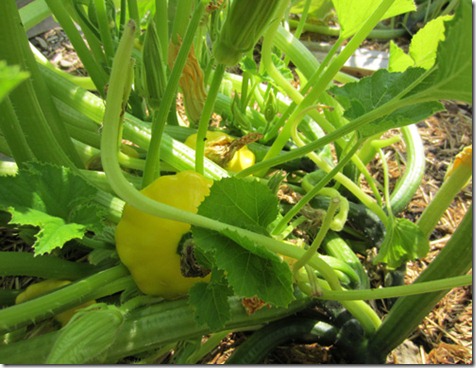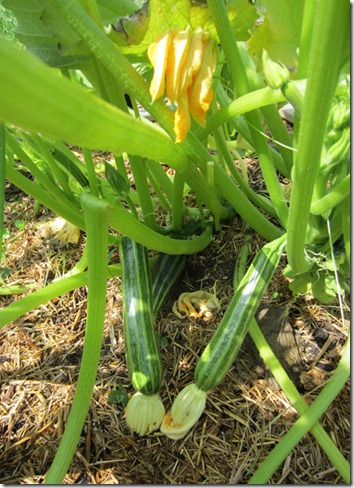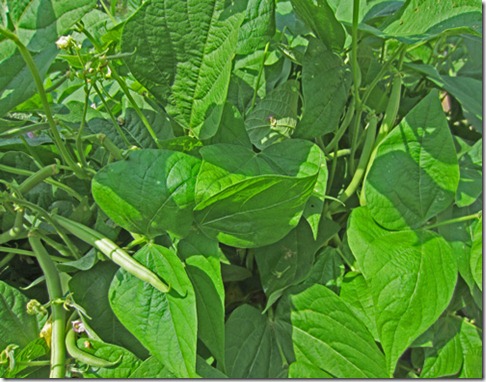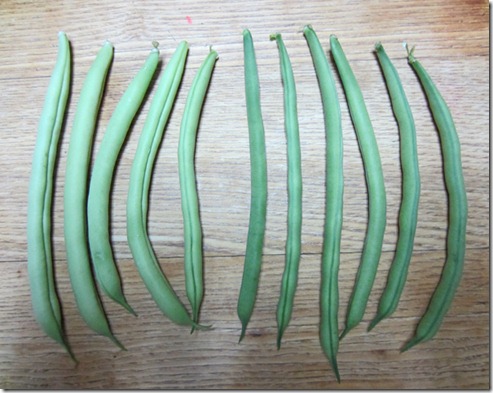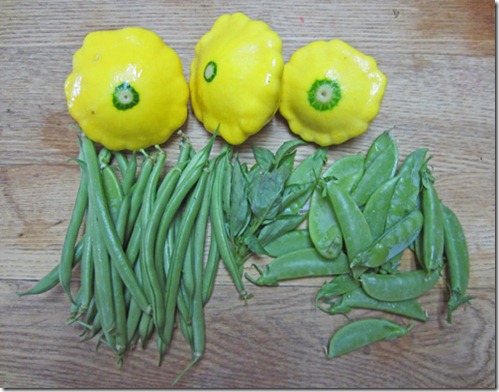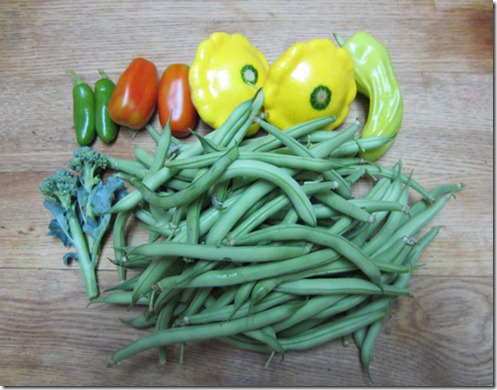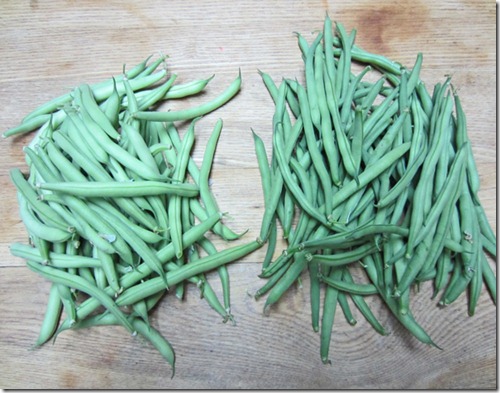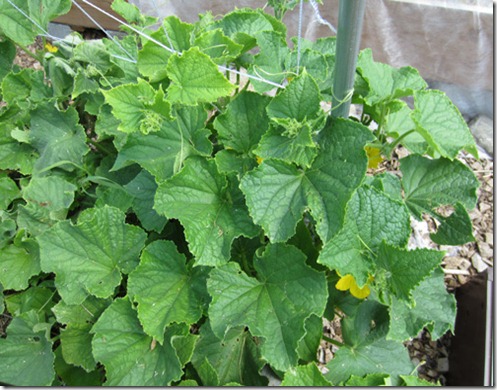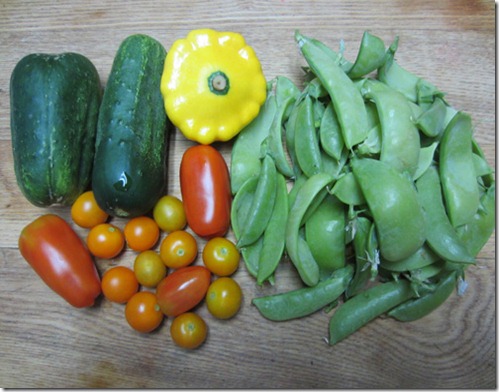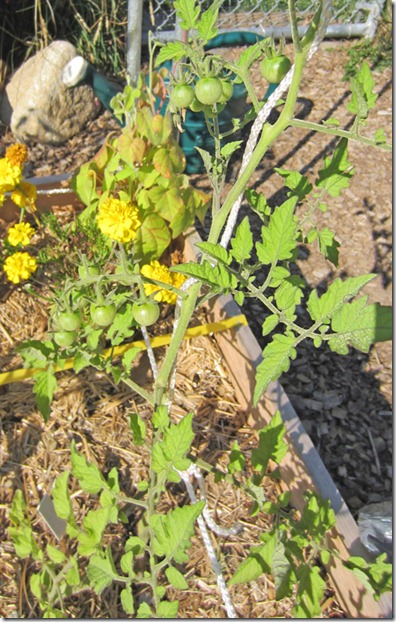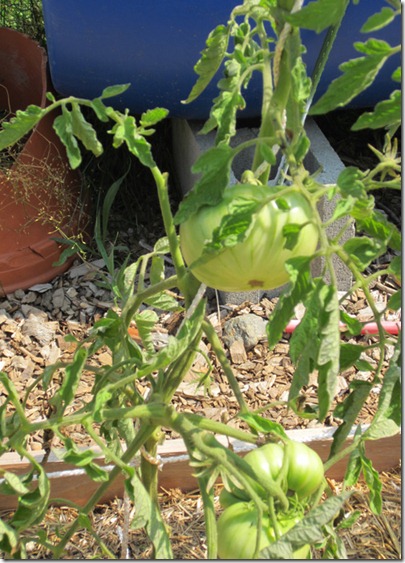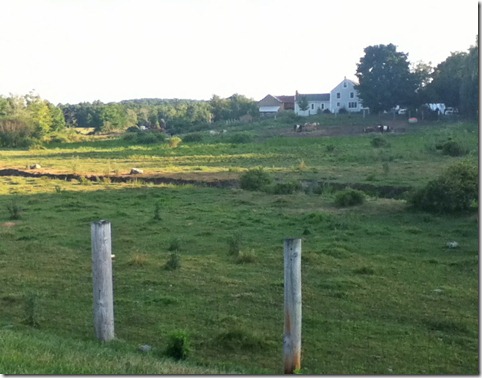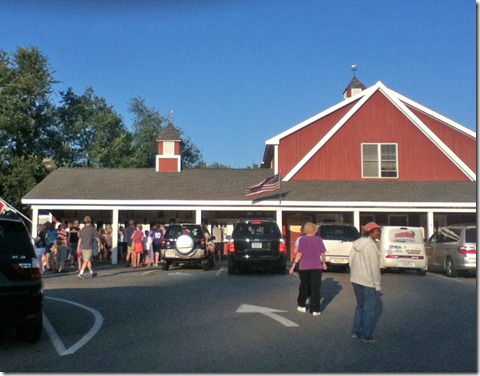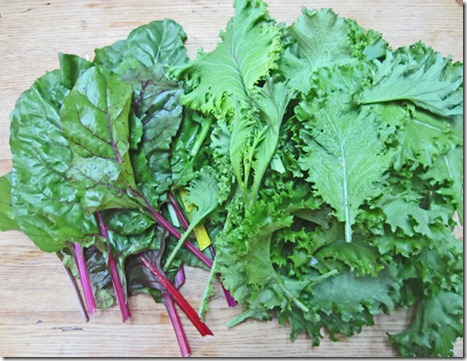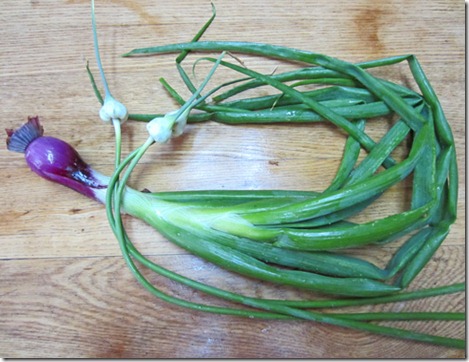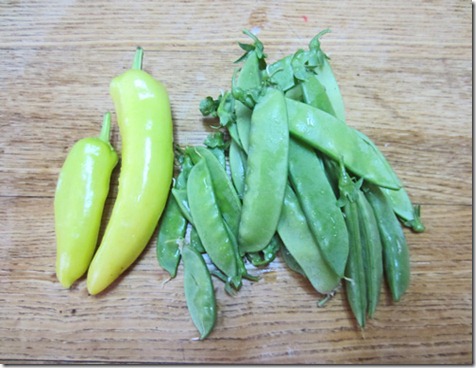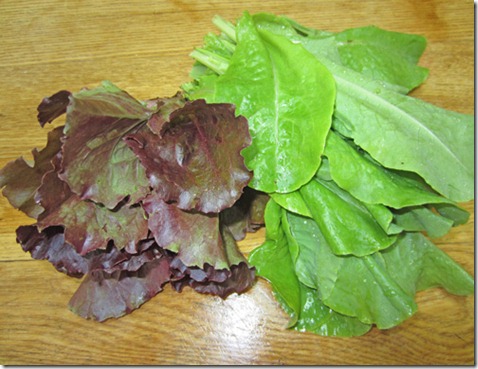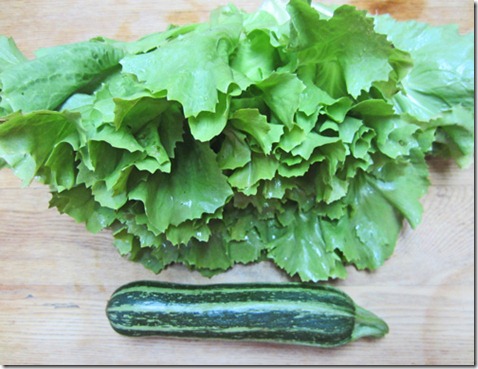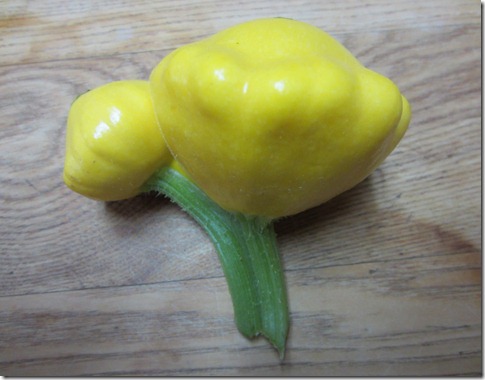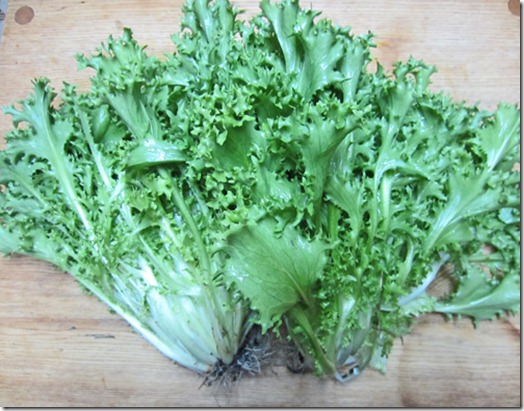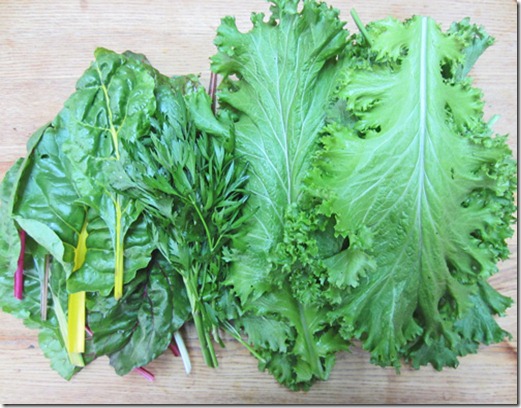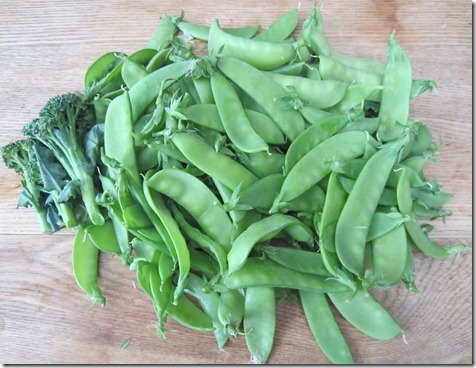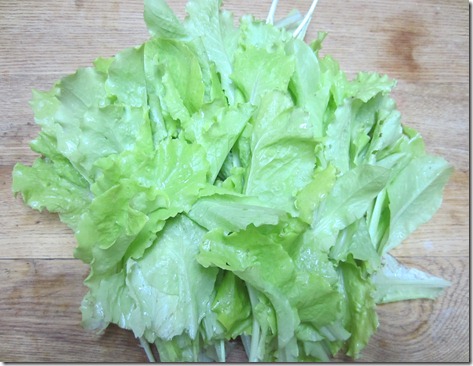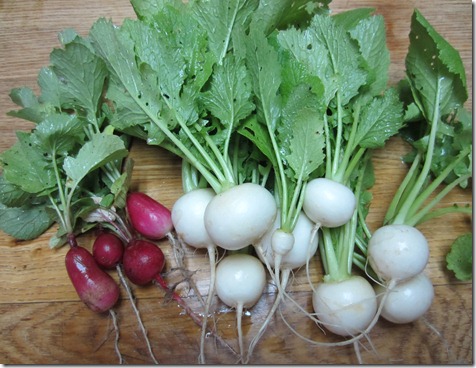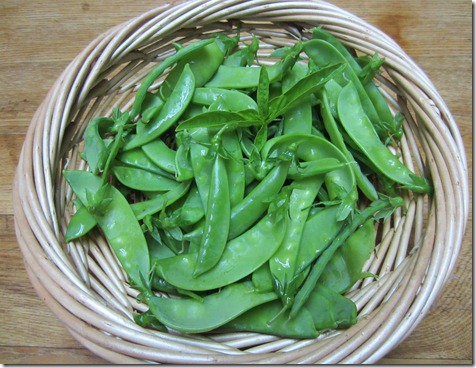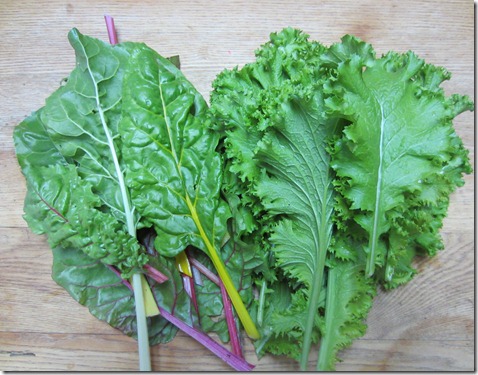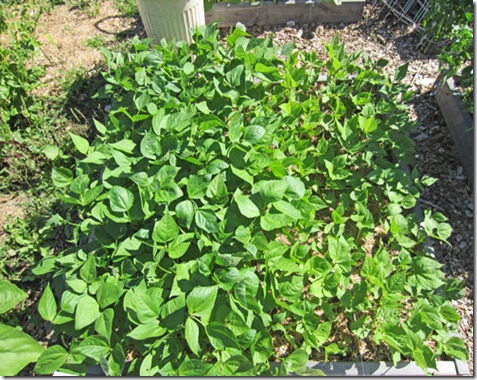Not much to show this week. Tuesday was busy and by Wednesday I had some stomach bug that put me out of action for three days. First got to the garden on Saturday and found a few things overgrown, but everything is edible assuming my appetite comes back. We also have said several days of rain so I did not have to worry about watering.
I picked two pounds of beans, some of them a little large. Actually I welcome larger beans because it is a reason to make stewed beans with tomatoes. That’s comfort food to me and they freeze well, so a good way to use up the older beans and excess tomatoes.
An assortment of small tomatoes, Juliet, Sun Gold, and Black Cherry. The cherries are very tasty but I’m not sure I like Juliet. Kind of tough and dry, not very flavorful. Fortunately none of the tomatoes split from the sudden rainstorms. I left a medium sized Cherokee Purple on the vine to sun-ripen for a few more days. Hope it’s still there. Yesterday I got an email from a fellow gardener who had surprised a poacher at the garden. This person drove their minivan right up to the gate of the community garden, got out with a shopping bag, and proceeded to do her produce shopping among the various plots. Most items I have plenty of at this point, but I have special plans for that tomato.
Some of the squash got away, which happens. They are actually larger than they look in this photo. I think these two types of squash are still edible when fairly large, but I really did not need more squash right now. I think I might try stuffing the zucchini and turning it into a main dish. The cucumbers are two pickling cukes.
I got some bad news while picking the beans. I noticed some small discolorations on some of the beans, like a wet spot. As I got down the bed, I found the reason. In the picture below you can see black lesions on the beans, sure sign of halo bean blight, a bacterial bean disease from infected seed (see an earlier post). The wet looking spots are the early stage of the infection. As it progresses, a lesion appears with a cream-colored center. You can see that on the bottom bean on the right. As the infection proceeds, you get the sunken lesions you see on the top, which turn black from secondary infection. I was surprised because usually the leaves are affected first, with brown lesions surrounded by a yellow halo, but this hit the beans first.
This is a bit disappointing. I cleaned up the garden debris last year and the disease is not supposed to overwinter in New England. I rotated the beds and made sure I had seed from reputable sources. And it is supposed to be less likely to infect bush beans. All I can do is remove infected plants and hope it doesn’t spread further (wet, windy weather like we had the past few days will do it).
That is all from here. To see what other gardeners around the world are harvesting from their gardens, head to Daphne’s Dandelions and join the fun.

